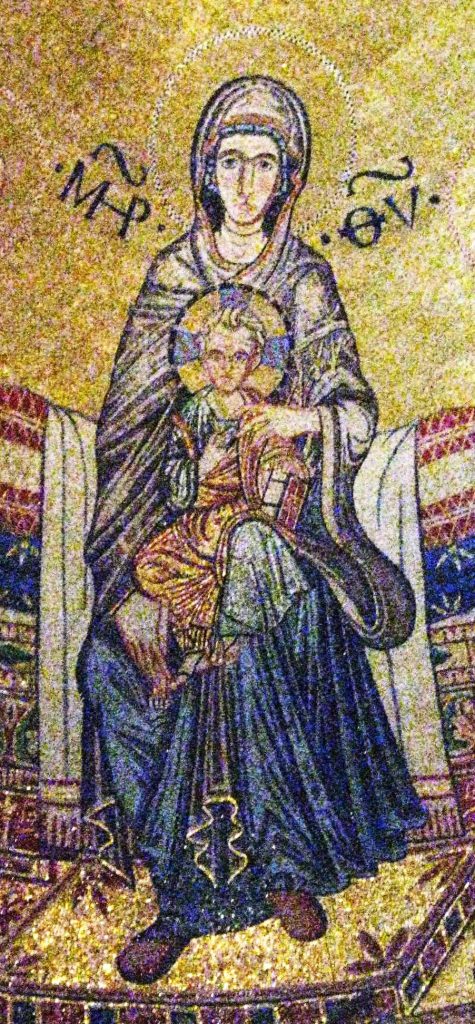One day, many years ago, when I was studying theology, we received a visit from our superior general. I shared with him some of the difficulties that I was encountering in fulfilling the mission with which I was entrusted.
As he listened very attentively, he gave me this strange advice: “You must love the brothers with a motherly love.”
I quickly replied: “What’s wrong with you?”
He then very compassionately described how a mother takes care of her children, exercising extreme patience and loving kindness, yet also being firm and responsible in her task of educating and forming her children as they grow in maturity.
This idea was a very powerful one for me — exciting, mysterious and encouraging. I began to look for some guidance on how I might put this wisdom into practice. Then while reading Lumen Gentium, the Dogmatic Constitution on the Church, I discovered in chapter VIII the answer to my query:
“In her life the Virgin has been a model of that motherly love with which all who join in the Church’s apostolic mission for the regeneration of mankind should be animated” (Lumen Gentium n. 65).
Mary is a model of motherly love that all the members of the Church are called to live in some form or another if we really want to be effective in our baptismal vocation of living and proclaiming the Kingdom of God. This proclamation of the Lordship of Jesus and under the guidance of the Holy Spirit in our mission, as those anointed to be evangelizers.
Lent brings with it the opportunity to enter into the “School of Mary.” She can lead us in our daily adventure to follow Jesus wholeheartedly so that we can come to the peacefulness of a heart that knows how to say: “Be it done unto me according to your word.”
We are invited to live the spirit of detachment that disposed Mary to be totally open to God’s call. Mary went through this work of detachment herself when she and Joseph journeyed to Bethlehem, and then to Egypt, and finally to Nazareth. She can teach us how to look for Jesus when it seems that He is no longer at our side and she can also instruct us in how to keep the Word alive in our heart.
Mary can help us walk with Jesus, as true disciples of the Lord, when we carry our daily cross of self-denial and absolute surrender. She stands at the foot of our own cross, encouraging us and strengthening us. Mary can be a source of consolation and support when we need “a shoulder to cry on,” or someone who understands our frustrations, our feelings of defeat or our sense of loss.
The Lenten experience for Mary began when the angel Gabriel declared her “full of grace” and conveyed the invitation of God to her, “Will you accept to be the mother of God’s only begotten Son?” She had the courage and wisdom to let go of her own plans and respond with her famous words: “Let it be done unto me according to your will” (her Fiat).
Mary’s son Jesus likewise made his own “Fiat,” emptying himself obediently into the Father’s plans. This letting go process and his humble response to the Father’s will redeems the world and saves us from the consequences of sin.
Mary, in her maternal care, can teach us how to follow this Redeemer of ours with love, tenderness and faithfulness. She will walk by our side and we will be able to say, like her: “Let it be done to me according to your will.”
This is an essential dimension of Mary’s role in salvation history and abiding presence in our lives — to model for us how to do God’s will.
Missionary of the Holy Spirit Father Eugenio Cárdenas is assistant professor of Spiritual Theology at St. John’s Seminary, Camarillo. This is the sixth article in a series.

